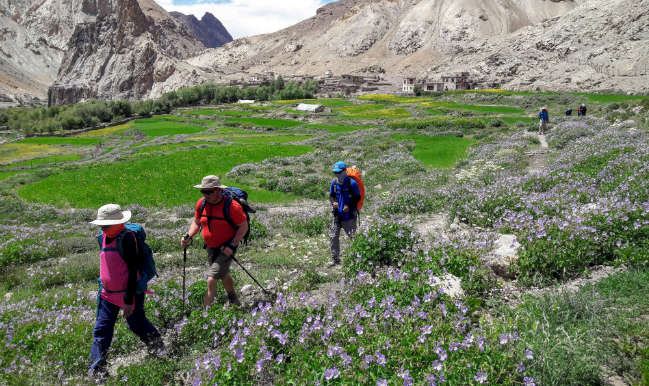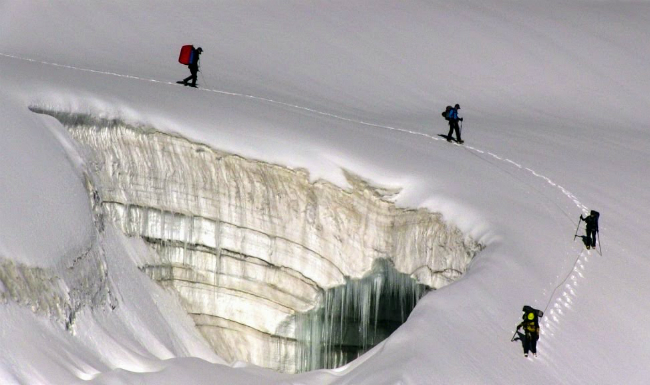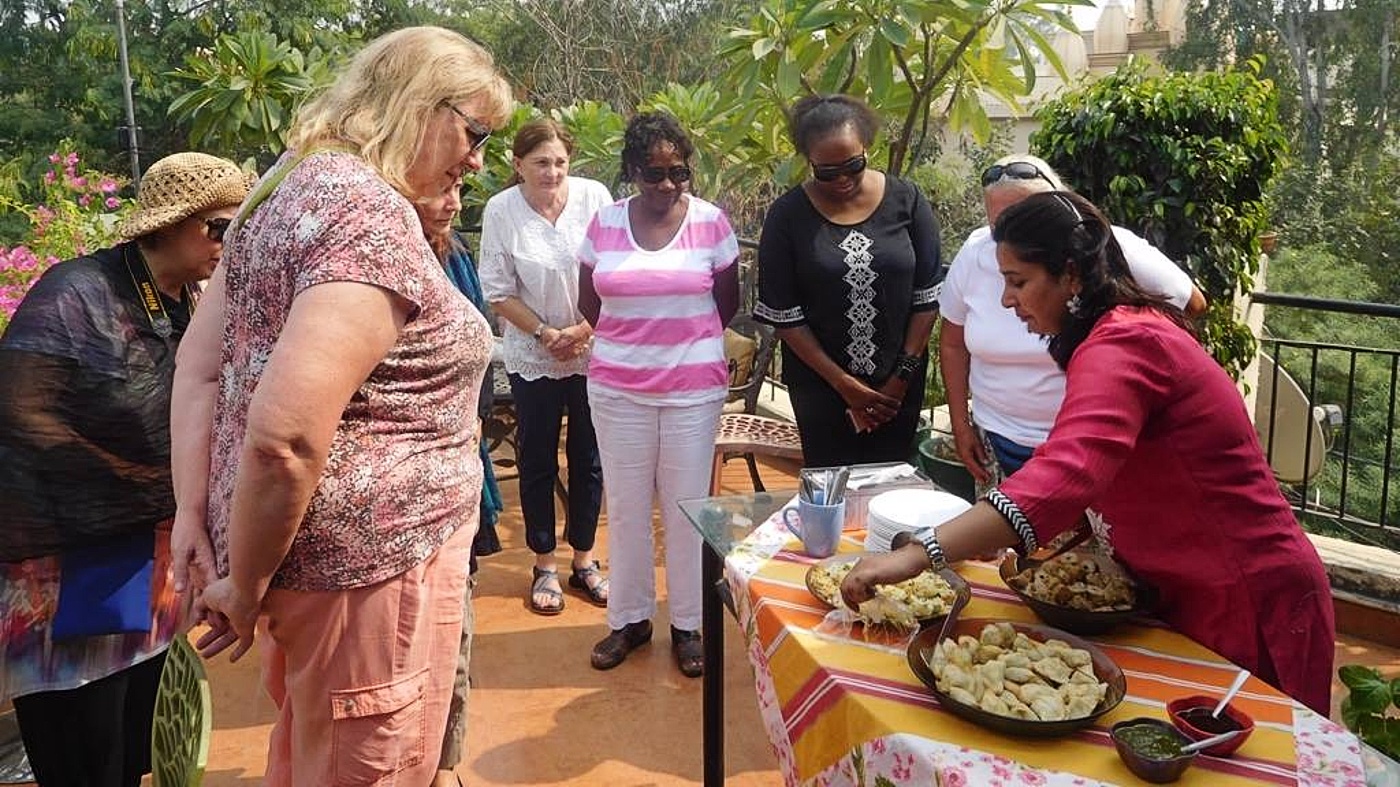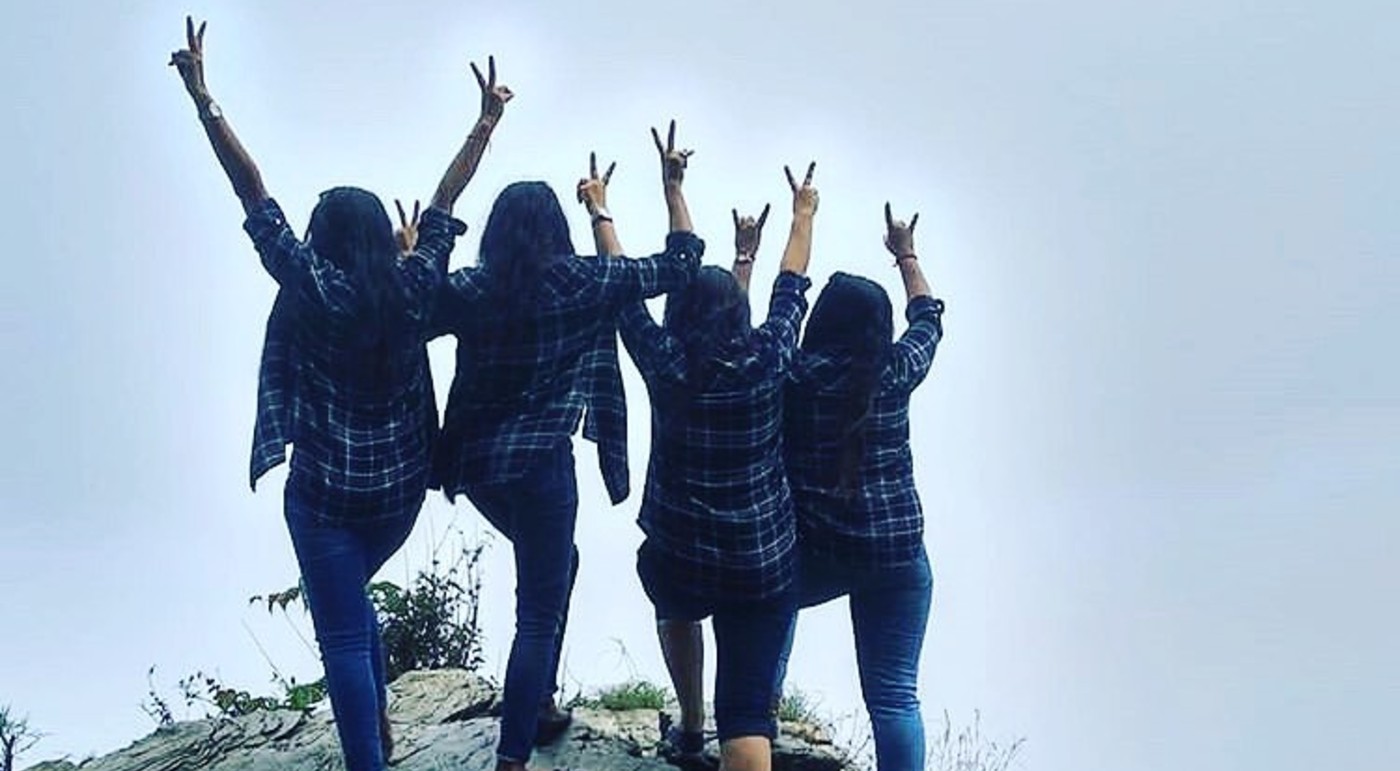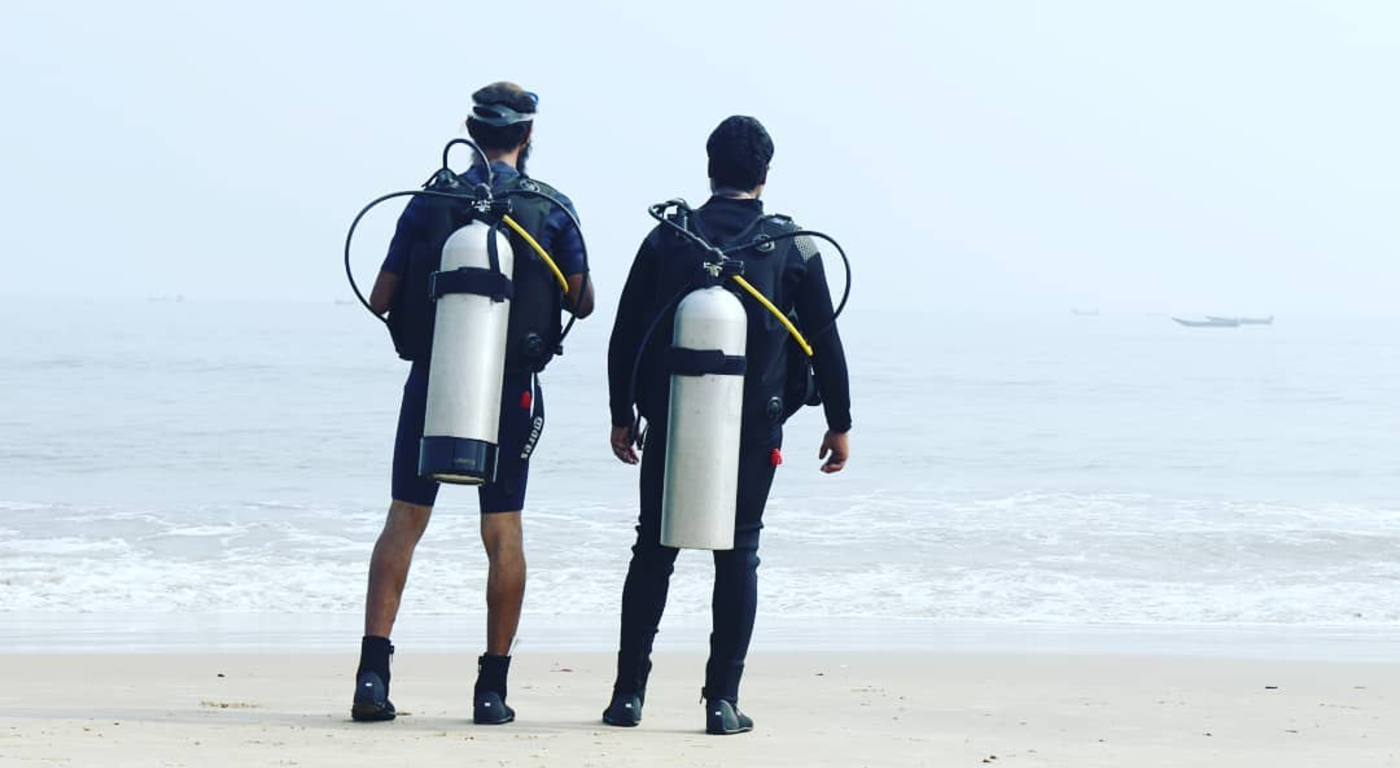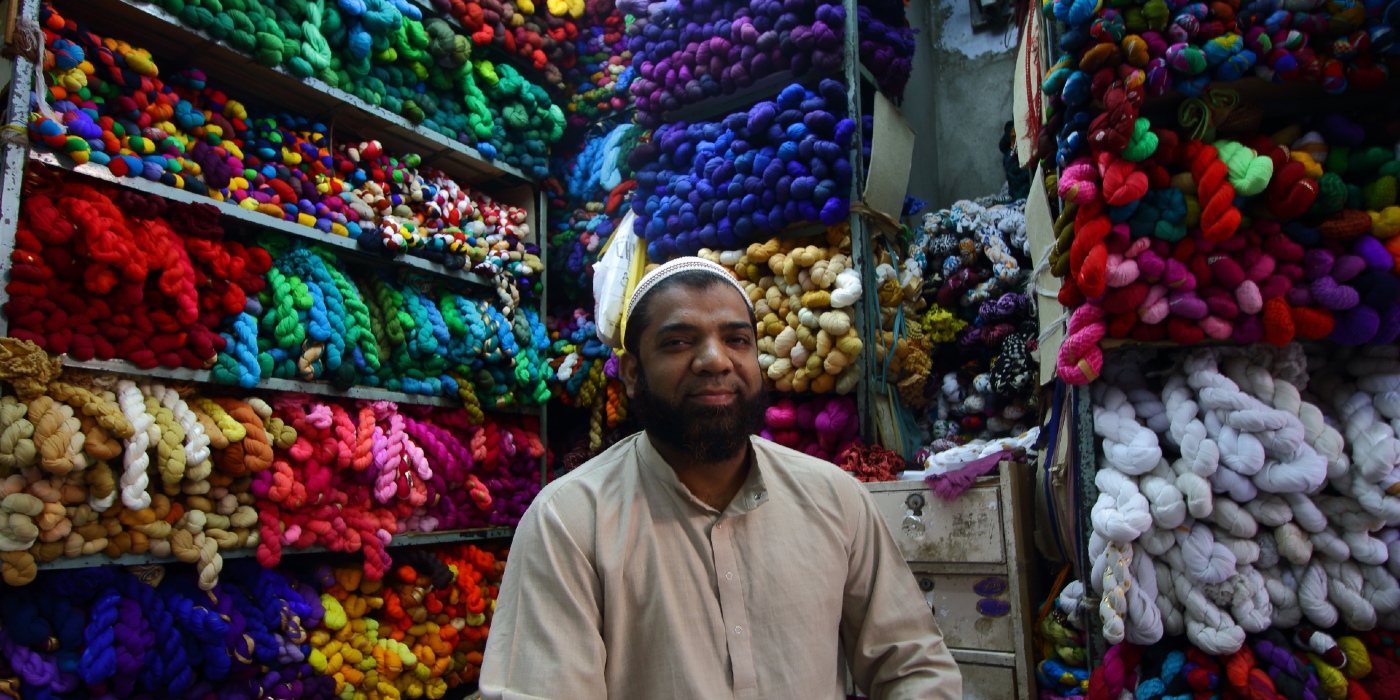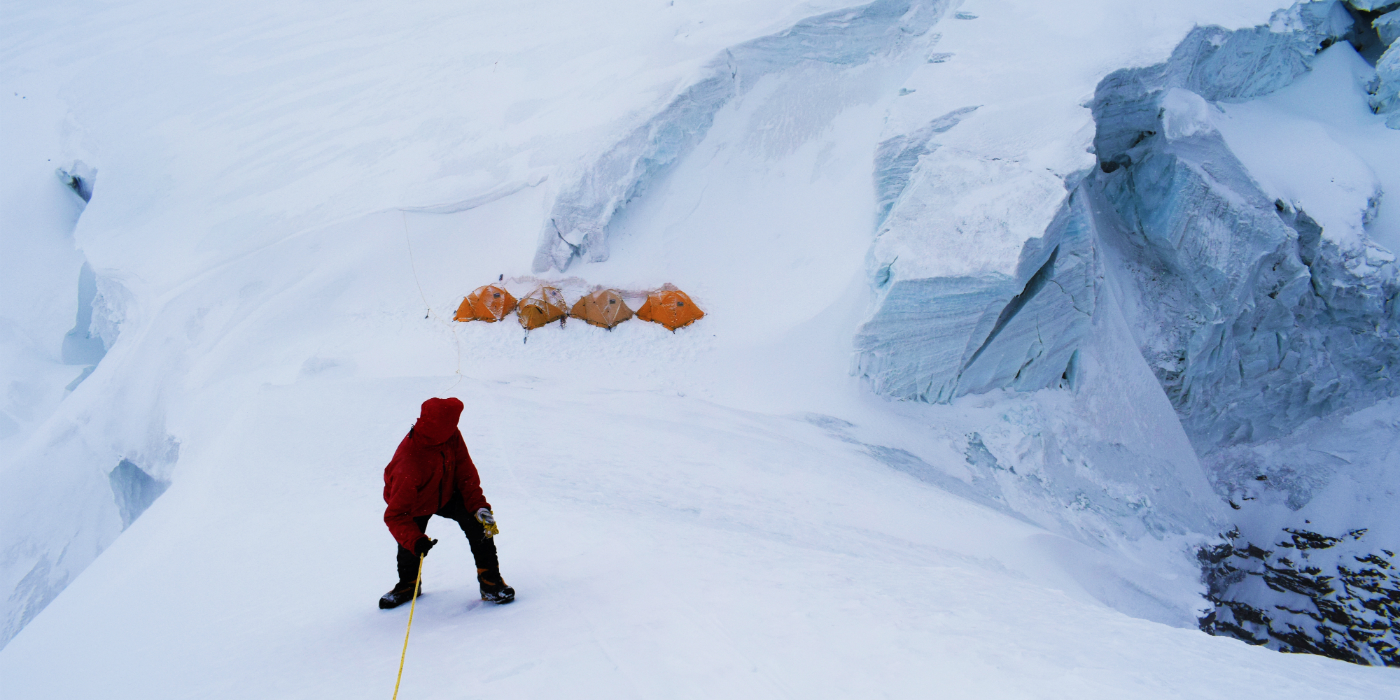
The Himalayas
The Himalayan mountain range has drawn adventure seekers for many years including, in more recent times, regular tourists and travellers. These adventurers, amateurs and experts alike, are looking to challenge themselves hiking and trekking on the Himalayan slopes and, maybe, even lose themselves metaphorically in the stunning landscapes of this most majestic mountain range in the world.
But, to have a great experience in these ranges, which can become dangerous with just a slight change in weather, travelling with the right adventure outfit is important. If you want some luxuries and end up with a bare bones operator, you aren’t going to enjoy the beauty of the great outdoors, or if you are a beginner stuck in a group of experienced trekkers, you aren’t going to have fun.
White Magic Adventure offers treks and hikes across the whole Himalayan stretch, in regions like Ladakh, Himachal Pradesh, Uttarakhand, Sikkim, Darjeeling and Nepal. They also offer tours to the “7 Summits” outside India through partners.
Formed in 2010, White Magic focuses purely on mountain adventure—trekking and mountaineering. They take great pride in delivering meticulously planned, carefully curated and safely executed adventure trips. It is an organisation of people native to the Himalayas that gives high priority to what is good for the region and its people.
The outfit offers treks for for beginners and experts alike. A beginner could choose the relatively easy Barsey Sanctuary trek, an eight-day trip in Sikkim. Participants hike through the Barsey Rhododendron Sanctuary taking in the stunning landscape that shifts from sub-tropical forests to Alpine meadows in the span of a few kilometers and can spot many varieties of birds and, if lucky, spot the red panda. There is a lot to choose from for the expert mountaineers. The Satopanth climb, for instance, takes mountaineers up the second highest mountain in the Gangotri Group in Uttarakhand and takes mountaineers on a route that includes a complex glacier approach, high angled snow slopes and knife edge ridge. The 7,000m climb also serves as a good introduction to technical climbing.
Whichever trip a trekker chooses, (s)he can be sure to be well taken care of. Accommodation is in three-men dome tents on twin- sharing basis so that participants have enough personal space and foam mattresses are provided. All trekking trips include toilet tents (dry pit), spacious kitchen tent and a dining tent with tables and camp stools.
Food will defintely not be just instant noodles! The White Magic team promises that accompanying chefs and kitchen staff routinely produce a mouth-watering spread of tasty, hygienically cooked dishes made from locally sourced ingredients at every meal with local, Chinese and Continental dishes all finding a place on the menu. While trekking, a nutritious and tasty packed lunch is provided. The team also accommodates a wide variety of dietary preferences and have even served gluten free food on occasion. Meal helpings are generous and the drinks and snacks are always plentiful.
Since the treks are mostly in locations far from human habitation, safety is given great importance. On all the trips going to altitudes above 5,000m the team carries a PAC (Portable Altitude Chamber) and Pulse Oximeters. An exhaustive first aid kit is always carried by the trip leader. With large groups the front and the rear are always covered by team members equipped with Walkie-Talkie radios.
Price: From Rs 40,000 to Rs 3,00,000 per person depending on trip type and duration.
Read More: https://www.whitemagicadventure.com/
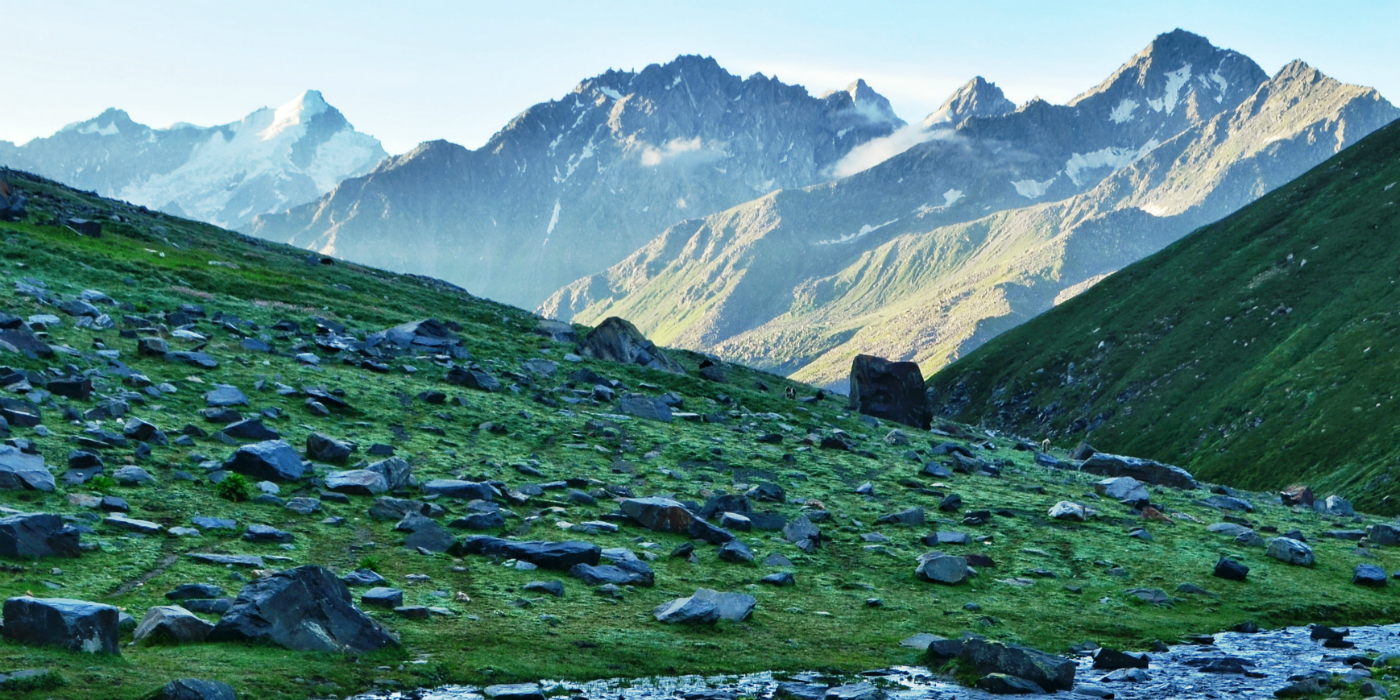
Slow Travel
White Magic believes in the “take only memories, leave only footprints” philosophy and is very particular about leaving campsites and trails cleaner than they find them. They constantly educate staff, customers and local people on best eco-friendly practices to preserve the environment. On the social responsibility side, White Magic employs local people as guides, cooks and porters and delivers training to several more as a contribution to the adventure tourism industry. They purchase local produce wherever possible. Plastic bottled water is not provided on trips. Instead, safe drinking water is provided by collecting water from known clean sources that is then boiled, cooled and a dash of iodine added at times as a precautionary measure.
